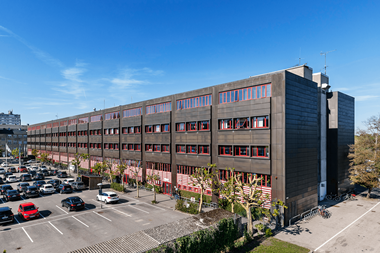Five of Switzerland’s largest pension funds are behind a new CHF300m (€247m) infrastructure fund, which aims to invest one-third of its capital domestically.
The fund, launched by the not-for-profit IST Investment Foundation, said the first close had attracted commitments from investors including the CHF20bn Migros Pensionskasse (MPK) and Luzerner Pensionskasse, the CHF5.9bn fund for employees of the canton.
The CHF4.7bn pension fund for the Swiss energy sector, PKE, and the funds for pharmaceutical giant Roche and retailer Manor also provided capital towards the initial close.
IST said in a statement that IST3 Infrastruktur Global would target assets across OECD member states, with a 30% bias towards Switzerland.
It added that it would take environmental, social and governance concerns into consideration and not consider exposure to nuclear energy, prisons or military developments, instead focusing on energy, transport, communication and social infrastructure assets – with the aim of achieving inflation-linked returns.
Managing director Markus Anliker told IPE the fund’s six-strong investment committee would be staffed by representatives of both the infrastructure industry and pension funds backing the venture.
Christian Stark of MPK will chair the board, sitting alongside B Capital Partners founder Barbara Weber and Peter Voser of Aargauische Pensionskasse, who, as IST’s representative, will not have a vote.
Dalmore Capital chief executive Michael Ryan, the infrastructure manager behind the UK pension association’s Pension Infrastructure Platform, will also sit on the board, as will Jeffrey Parker, formerly of Ernst & Young Infrastructure Advisors, and Martin Rey.
The investment committee will seek advice on deals from two unnamed advisers, appointed following searches conducted through IPE-Quest – one for direct and one for secondary investments.
Anliker said the fund would concentrate on brownfield investments but also consider the secondaries market during its growth phase.
“In future, the plan is to only invest directly,” he said. “That’s the goal – either direct or co-investments.”













